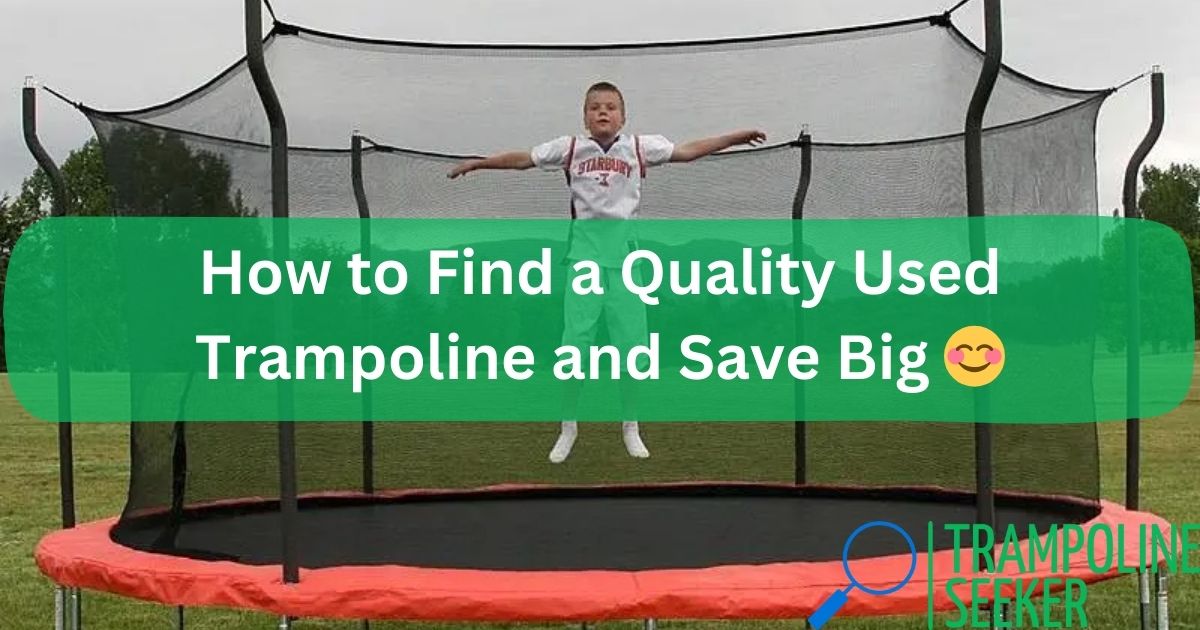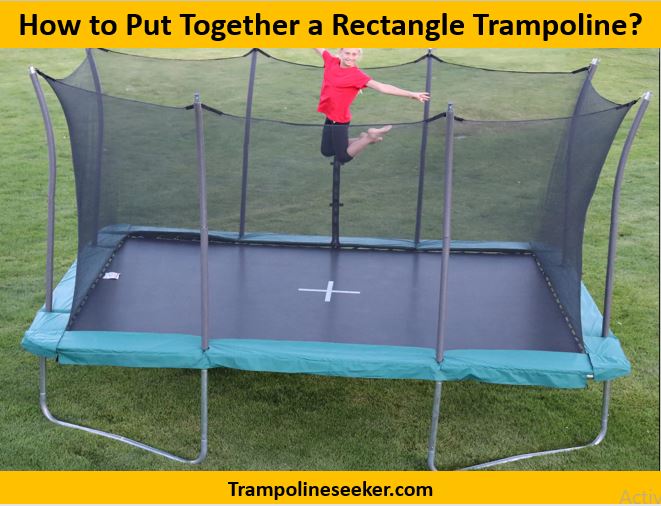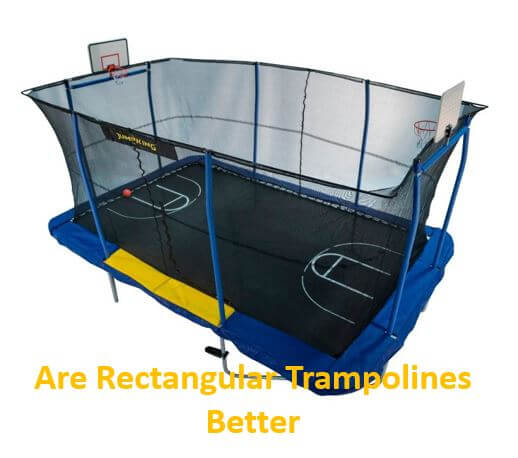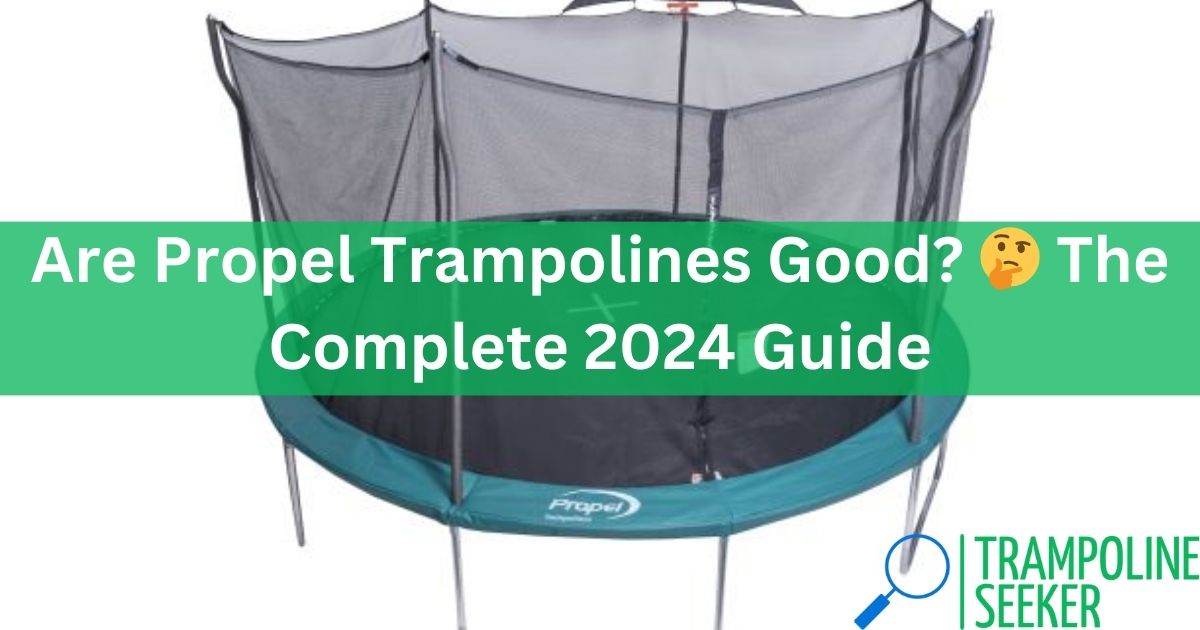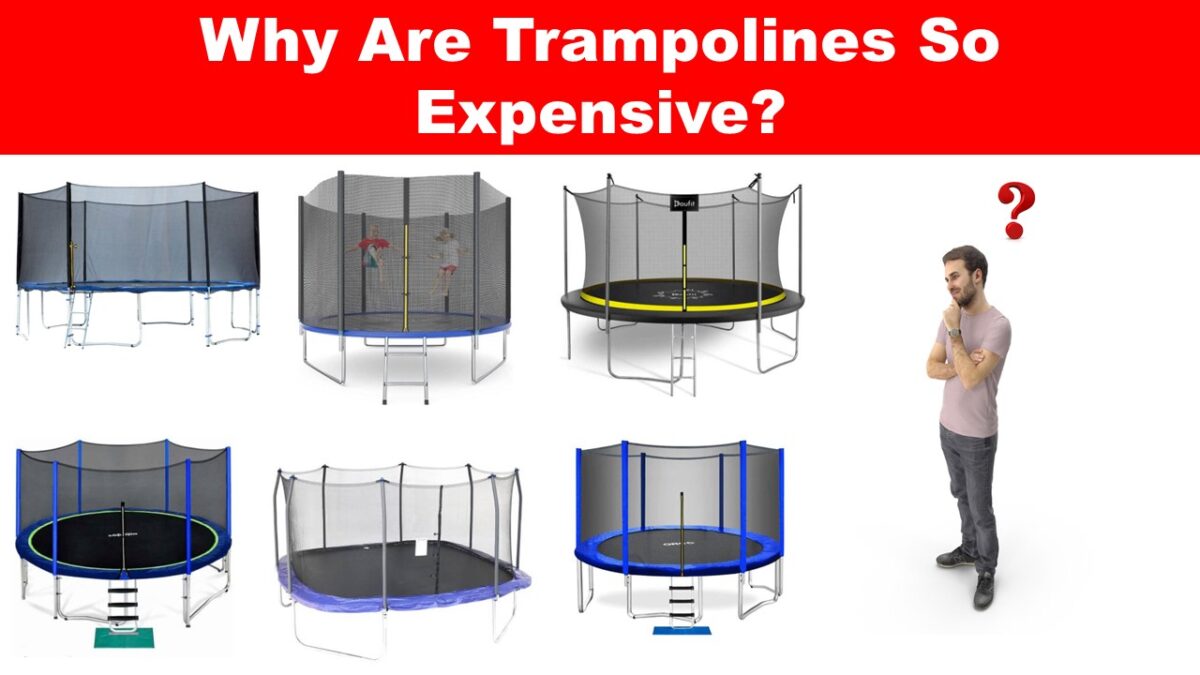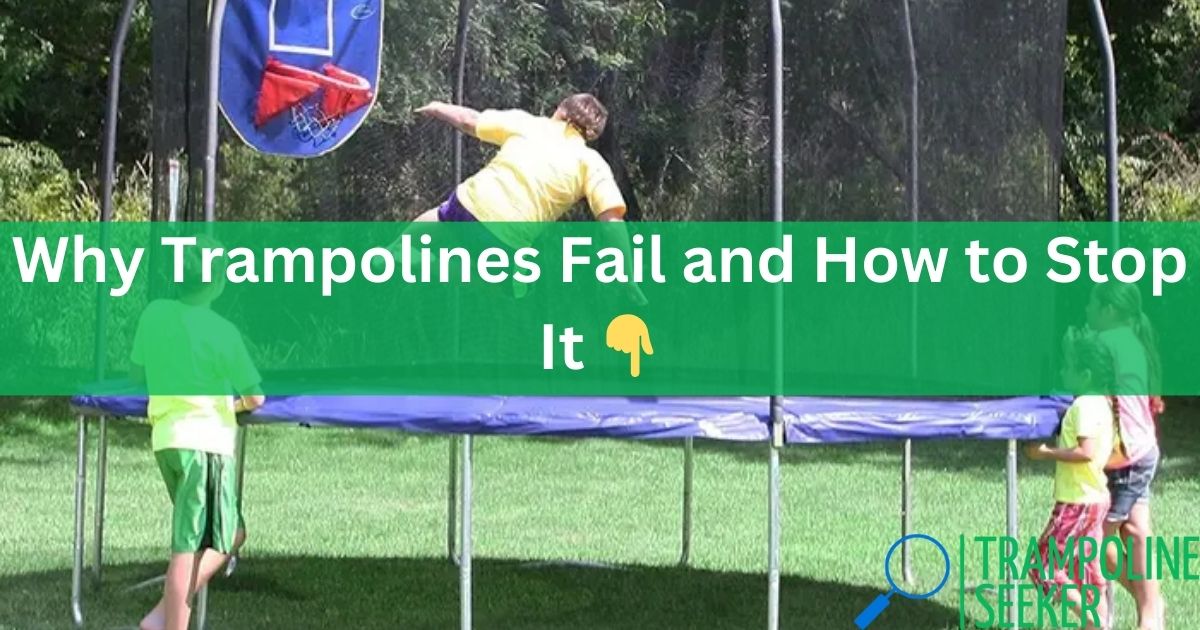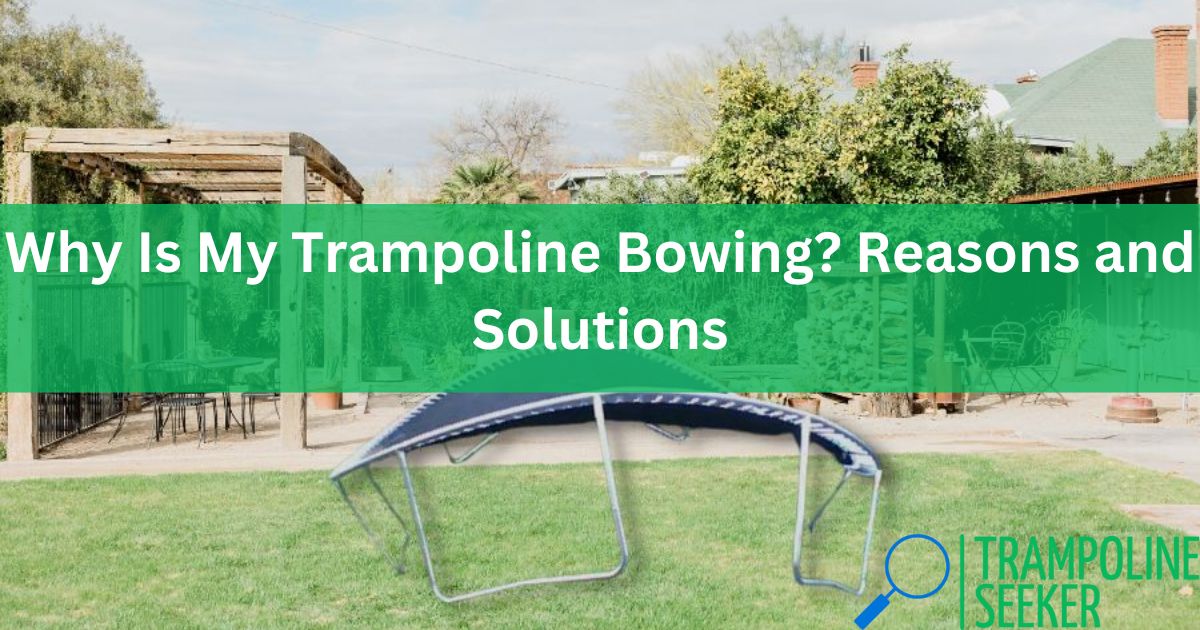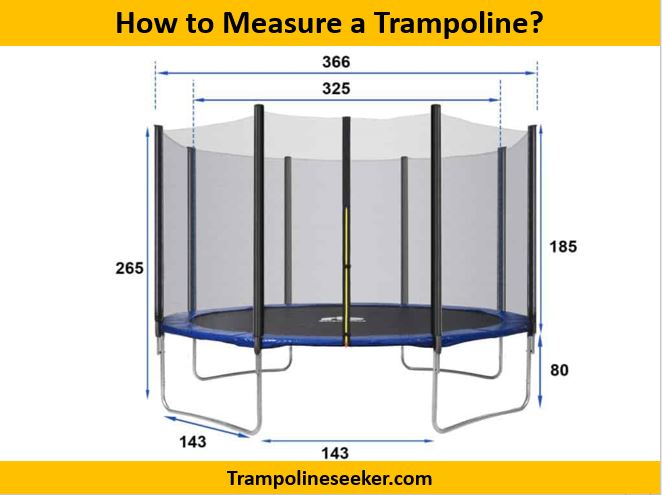When a trampoline is permanently installed on a lawn and precautions are not taken to preserve the lawn space around the trampoline, the grass under the jumping mat usually dies because it is not protected from the environmental conditions.
Jumping mats are helpful because they block direct sunlight from reaching the grass and can also prevent water from reaching the soil which can cause the grass to die quickly if left for long time.
If your trampoline is small, it may not be a problem for you to take precautions in advance, but if you have a large trampoline, you should take precautions ahead of time. Some species of grass can thrive in an environment with low light and a dry climate.
As long as you grow the right kind of grass under a trampoline, you will be able to grow a better lawn than the one surrounding it.
Let’s take a closer look at this subject a little more, and I’ll explain how to keep grass alive under a trampoline, so let’s get started.
How to Keep Grass Alive Under Trampoline?
The possibility of having dead grass patches in the area where your trampoline sits does not have to be a guarantee. You can easily prevent your lawn from dying by incorporating a few simple things into your lawn maintenance routine to help you prevent the grass from dying too soon.
Place a Sprinkler Underneath Your Trampoline
If moving your trampoline every once in a while isn’t going to suffice to keep it in top condition, then you might consider placing a sprinkler underneath it every now and then.
If you are experiencing dryness as one of the main problems you are experiencing, then this is particularly useful for you.
If you are concerned about the integrity of your trampoline frame when exposed to water, there is nothing to worry about as long as you have placed the cover over the mat and frame covers over the frame.
When the proper precautions are taken, placing a sprinkler under your trampoline is entirely safe, and it will not in any way damage the trampoline.
Move the Trampoline Regularly
You can ensure the health of your lawn by moving your trampoline around on a regular basis throughout your yard. By doing this, you are allowing the grass to breathe.
Your yard will remain lush and beautiful for a long time due to the trampoline not covering a specific spot of grass until the grass dies.
It will give your grass a chance to make a full recovery when you move your trampoline if your grass is dry and deficient in nutrients.
If you have multiple levels in your yard, then that is a great option if you have them. A trampoline must be placed on a level surface in order to ensure a safe jumping experience.
If this is not the case for you, then you may be able to hire landscaping contractors to level your yard for you.
The weight and size of the trampoline may make it difficult for you to move it around. If the trampolines are lightweight, then one person can move them by themselves. Some trampolines are quite large, so if you have one of those, you may need some help with it.
Also Read: Where to Put Trampoline in Yard
Find Some Reflective Lawn Décor & Put It Next to the Trampoline
Although it may seem absurd initially, many grass species can grow well in diffused light as long as their growth isn’t completely inhibited.
A shiny lawn ornament will reflect the sun’s rays in multiple directions when it is hit by the sun, including reflecting under the trampoline.
Grass only needs a bit of reflected light from a garden element to be able to photosynthesize, so any additional light that can be provided helps the grass to grow.
This cool wind spinner I found on Amazon is an excellent example. It’s made from a shiny metal that will look great in your yard as decoration.
Still, it will also reflect sunlight laterally in different directions, which is perfect for getting a bit of extra light to go under the trampoline mat.
Install Organic Material Under Your Trampoline
You can also install a large base of organic material, such as mulch, sand, or bark, underneath your trampoline.
When a soft, stable surface is created, impact will be absorbed by the surface, and micromanaging the grass beneath will no longer be necessary.
If you want to create an organic base for your trampoline, you may find that it is worth your time to do so. Dig a trench 10-12 feet deep with a diameter allowing as much as 4-6 feet of space around the trampoline.
Once this trench has been dug out, it is then filled with the organic material that you desire. Install trimming around the edge of the door to keep the material inside.
Must Read:



